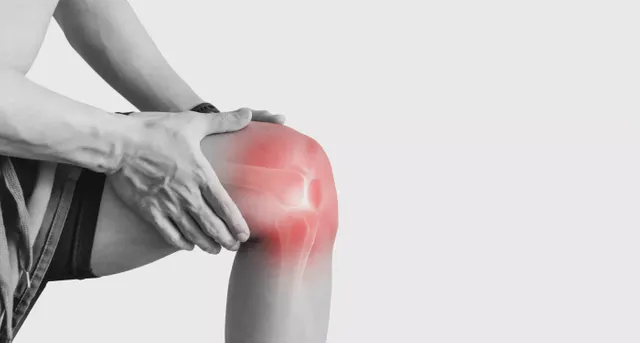When to See a Doctor for Knee Pain: Warning Signs You Shouldn’t Ignore
Knee pain is one of the most common joint complaints among adults, affecting people of all ages and activity levels. However, not all knee pain should be ignored. Some symptoms can indicate a more serious underlying condition, such as a torn ligament, advanced arthritis, or an infection. Knowing when to seek help can prevent long-term damage and get you on the right path to recovery. Below are key warning signs that it’s time to consult a knee pain doctor:
1. Severe swelling or warmth around the joint
While some swelling is normal after strain or impact, excessive swelling, especially if it appears suddenly, can signal a problem. If your knee is significantly larger than usual, feels warm to the touch, or looks red, you may be experiencing inflammation due to internal bleeding, infection, or a serious joint injury. These symptoms should not be treated with home remedies alone. Prompt medical evaluation is essential to rule out conditions like septic arthritis, gout, or a torn ligament with joint fluid leakage.
2. Persistent or worsening pain that lasts more than a few days
If your knee pain doesn’t improve with rest, ice, or anti-inflammatory medications after several days, it may indicate a more serious issue. Persistent pain, particularly if it’s interfering with your daily routine, work, or sleep, often points to conditions like tendinitis, cartilage damage, or early-stage osteoarthritis. A physician can perform a physical exam, take imaging, and determine whether physical therapy, injections, or other treatments are needed to ease pain and prevent worsening.
3. Inability to fully bend or straighten the knee
A healthy knee should move freely through its full range of motion. If you notice stiffness, locking, or difficulty in bending or straightening your knee, this can be a sign of internal damage. A torn meniscus, loose bone fragment, or inflammation within the joint can all restrict mobility. Ignoring limited motion could lead to muscle weakness or long-term joint dysfunction. Seeing a doctor early can help preserve joint flexibility and function.
4. Instability or the feeling that your knee might give out
Knees that feel weak, wobbly, or like they can’t support your weight are not just inconvenient—they could be dangerous. Instability often stems from damage to the ligaments (like the ACL or MCL), which help stabilize your knee joint during movement. This type of injury is common in athletes but can happen to anyone after a sudden twist or fall. A sports medicine or orthopedic specialist can diagnose the injury and recommend the appropriate treatment, which may include bracing, rehabilitation, or even surgery.
5. A popping sound at the time of injury
If you heard or felt a “pop” in your knee during physical activity or a fall, followed by immediate pain or swelling, this could point to a torn ligament or meniscus. These injuries usually require a physical exam and MRI to confirm, and in some cases, surgical intervention may be needed. Early diagnosis gives you the best chance at a full recovery and prevents complications like joint instability or chronic pain.
6. Visible deformity or significant misalignment
If your knee appears misshapen, severely out of place, or you cannot bear any weight on it after an injury, seek urgent medical care. Dislocations, fractures, and ruptured tendons can cause these visible changes and often need emergency attention. Delaying treatment could lead to permanent damage or impaired joint function.
7. Recurring pain during routine activities like walking or climbing stairs
If your knee consistently hurts during low-impact tasks like walking, climbing stairs, or getting up from a chair, it’s time to see a doctor. These repetitive pain episodes could be early signs of degenerative joint conditions such as arthritis or cartilage wear. Early intervention—such as physical therapy, weight management, or regenerative injections—can slow progression and improve quality of life.
